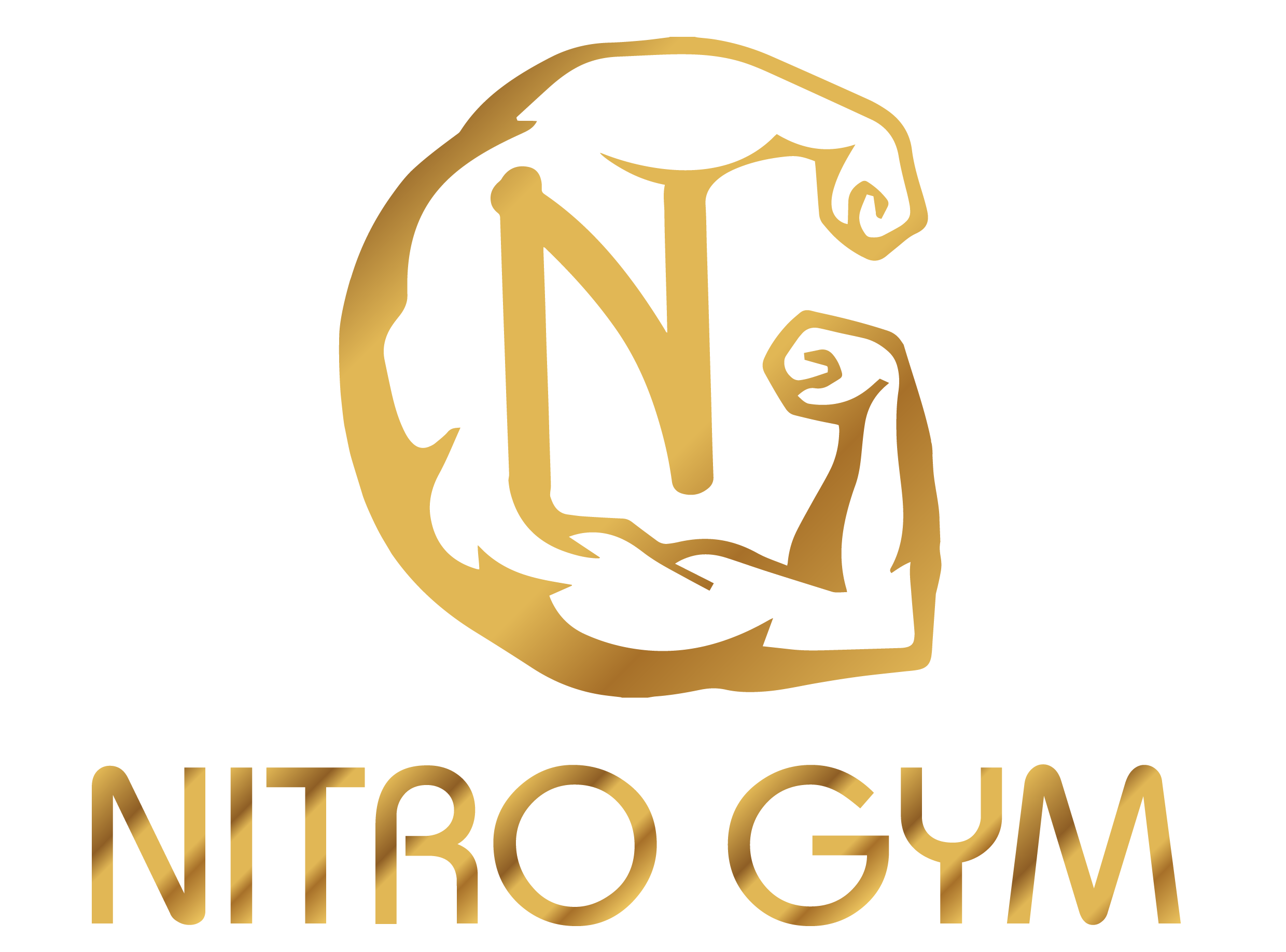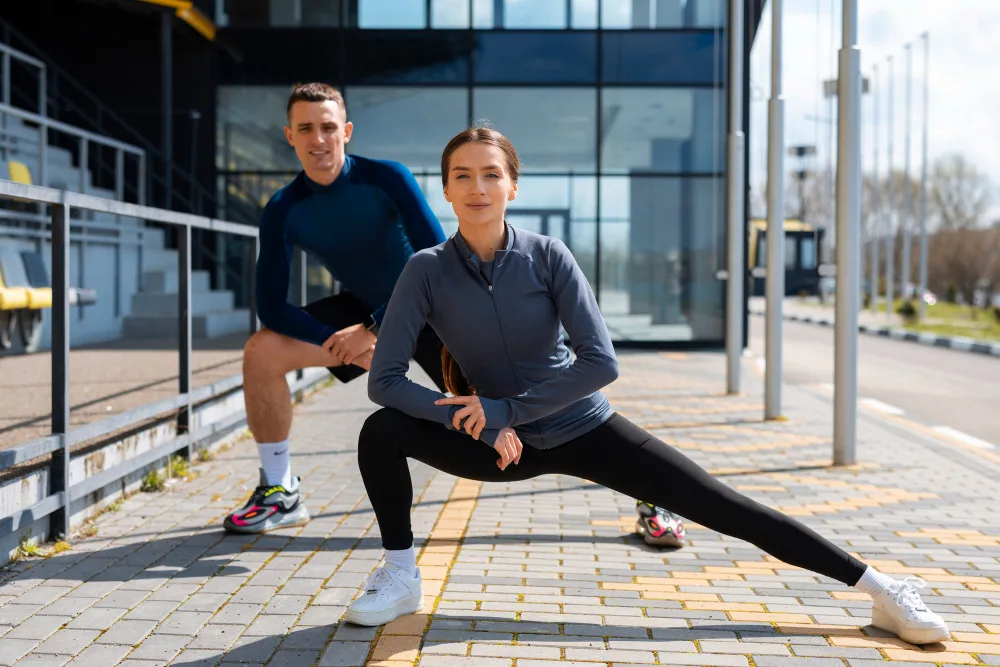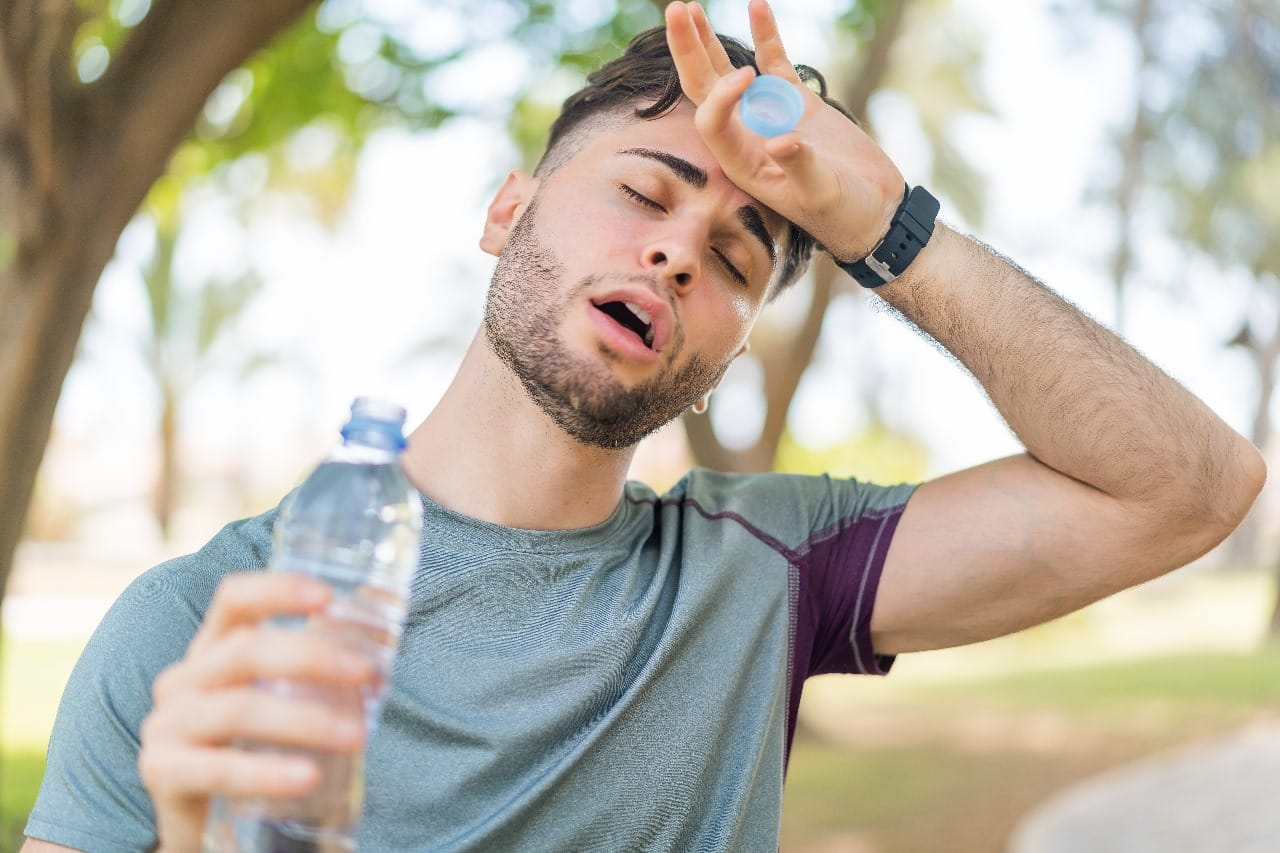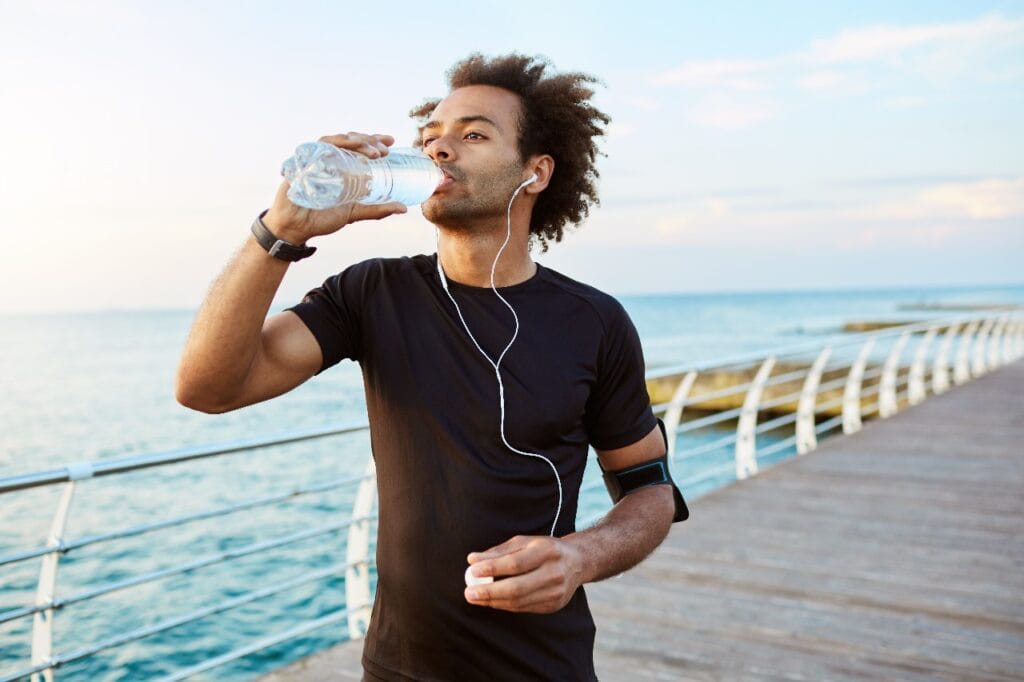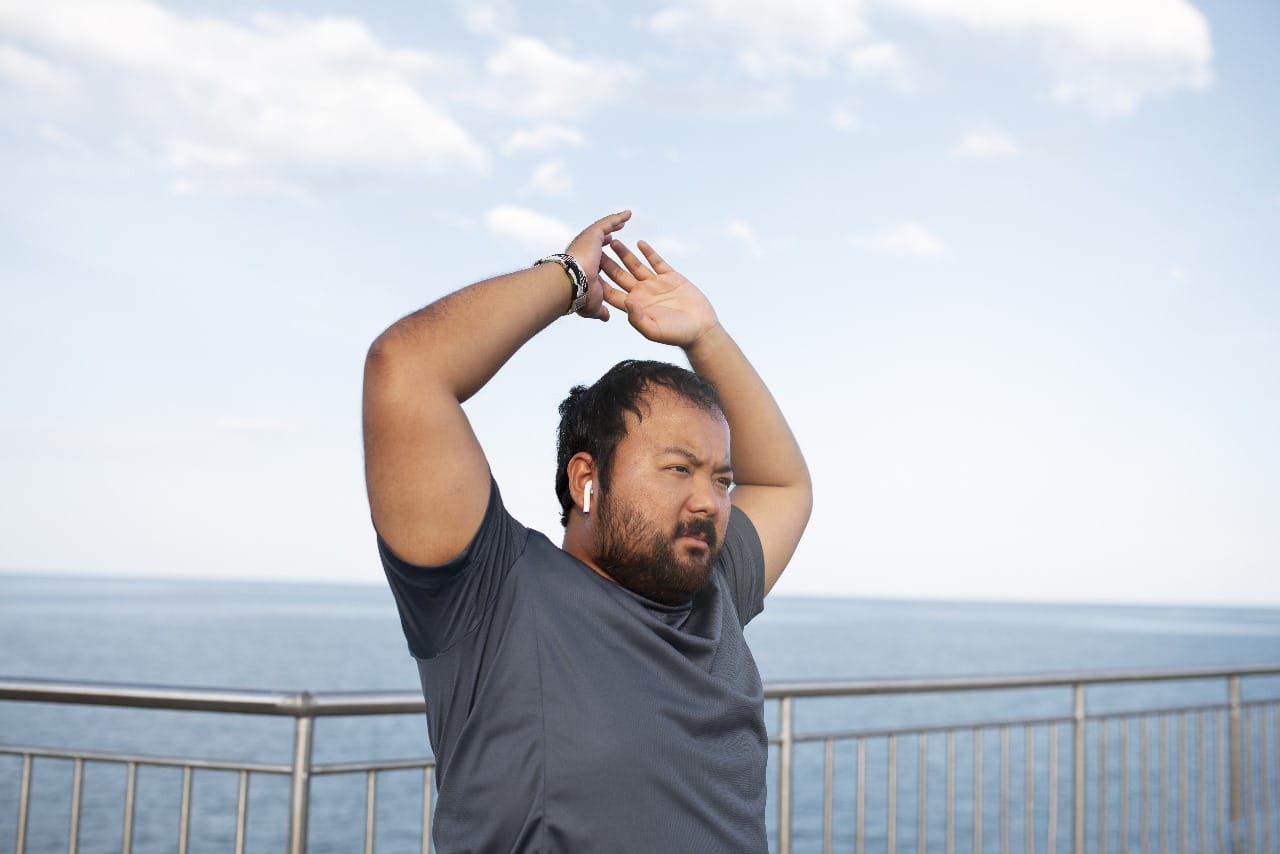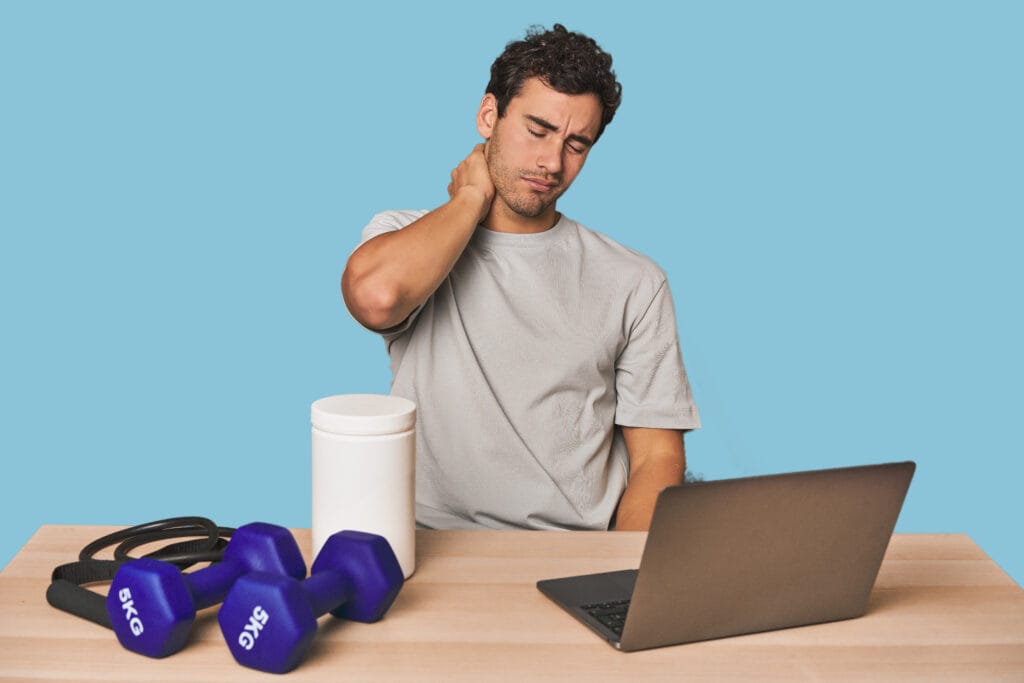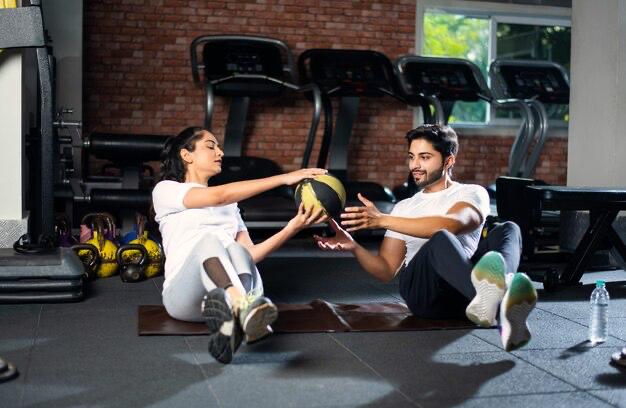Workout Plans for Fat Loss vs. Muscle Gain: 2025 Updates
Are you looking to shed some extra weight or build a stronger, more toned physique? Every year brings new insights into fitness, and 2025 is no different. Understanding the key differences between workout plans designed for fat loss and those for muscle gain is crucial for achieving your fitness goals effectively.
At Nitrogym, the Best Gym in Silicon Oasis, we see many individuals with these very aspirations. It’s fantastic that you’re thinking strategically about your workouts. Let’s break down the core principles behind each type of plan and how you can make the most of your time in the gym.

Understanding Your Goal: Fat Loss
The primary goal of a fat loss workout plan is to create a calorie deficit. This means you’re burning more calories than you consume. Exercise plays a vital role in increasing your calorie expenditure. Here’s what a typical fat loss plan might look like in 2025:
- Cardiovascular Exercise (Cardio): Think of activities that get your heart pumping, like brisk walking, jogging, cycling, swimming, or using the elliptical or treadmill. Aim for at least 150-300 minutes of moderate-intensity or 75-150 minutes of vigorous-intensity cardio per week. Newer research continues to highlight the benefits of High-Intensity Interval Training (HIIT) for burning calories efficiently in shorter periods. For example, a 20-minute HIIT session can sometimes be more effective for fat loss than a longer, steady-state cardio workout.
- Strength Training: While cardio burns calories during the workout, strength training helps build muscle mass. More muscle means a higher resting metabolic rate, which means you burn more calories even when you’re not exercising. Focus on compound exercises that work multiple muscle groups at once, such as squats, deadlifts, lunges, push-ups, and rows. Aim for 2-3 strength training sessions per week, working all major muscle groups.
- Circuit Training: This involves performing a series of exercises with minimal rest in between. It keeps your heart rate up while building strength, making it an excellent option for fat loss. You might cycle through exercises like bodyweight squats, jumping jacks, push-ups, and lunges.
- Focus on Progressive Overload (with a slight twist): While crucial for muscle gain, in a fat loss context, focus on gradually increasing the duration or intensity of your cardio, or slightly increasing the reps or sets in your strength training to continue challenging your body.
Understanding Your Goal: Muscle Gain
Building muscle, also known as hypertrophy, requires a different approach. You need to stimulate muscle growth through resistance training and provide your body with enough calories and protein to repair and rebuild muscle tissue. Here’s a look at a muscle gain plan in 2025:
- Strength Training with Progressive Overload: This is the cornerstone of muscle gain. Progressive overload means gradually increasing the demands on your muscles over time. This could involve lifting heavier weights, doing more reps or sets, or decreasing rest times. Focus on compound exercises to build a solid foundation of strength and muscle mass. For instance, if you benched 50kg for 8 reps last week, aim for 52.5kg for 8 reps this week, or 50kg for 9 reps.
- Higher Training Volume: Muscle gain often benefits from a higher training volume, meaning more sets and reps per muscle group per week. You might split your workouts to focus on specific muscle groups on different days (e.g., legs day, chest and triceps day, back and biceps day).
- Adequate Rest: Muscles don’t grow during your workout; they grow during rest and recovery. Ensure you’re getting enough sleep (7-9 hours) and allow sufficient rest between sets (typically 60-90 seconds) and between training sessions for the same muscle groups (at least 24-48 hours).
- Strategic Cardio: While cardio is important for overall health, excessive cardio can hinder muscle gain by burning too many calories. Opt for low-to-moderate intensity cardio a couple of times a week for cardiovascular health without significantly impacting your calorie surplus needed for muscle growth.
Key Differences Summarized
To make it crystal clear, here’s a quick comparison:
Feature | Fat Loss Plan | Muscle Gain Plan |
Primary Focus | Calorie Deficit, Increased Energy Expenditure | Muscle Fiber Stimulation and Growth |
Cardio | Higher frequency and duration, HIIT | Lower frequency and duration, mostly low-moderate intensity |
Strength Training | Moderate volume, focus on overall body | Higher volume, often split routines |
Progressive Overload | Gradual increase in cardio intensity/duration, slight increase in strength training volume | Consistent and significant increase in weight, reps, or sets |
Rest Between Sets | Shorter (30-60 seconds in circuits) | Longer (60-90 seconds) |
How Nitrogym Can Help You Achieve Your Goals
At Nitrogym, located conveniently in Dubai Silicon Oasis and serving the Al Barsha – Lulu area, we understand that every fitness journey is unique. That’s why we offer:
- Expert Guidance from Trainers: Our experienced trainers can assess your current fitness level, discuss your goals, and design a personalized workout plan tailored specifically for fat loss or muscle gain. They stay up-to-date with the latest fitness research and trends in 2025 to provide you with the most effective strategies.
- State-of-the-Art Facilities and Equipment: We have a wide range of cutting-edge cardio machines, resistance training equipment, and free weights to support all types of workouts. Whether you’re looking to crush a HIIT session or lift heavy for muscle growth, we’ve got you covered.
- Personalized Support and Motivation: Our team is dedicated to helping you stay motivated and on track. We provide ongoing support, track your progress, and adjust your plan as needed to ensure you continue to see results. We believe in creating a supportive and encouraging environment where you feel empowered to reach your full potential.
- Nutritional Advice: Exercise is only one part of the equation. Our trainers can also provide guidance on nutrition, which is crucial for both fat loss (creating that calorie deficit) and muscle gain (providing the necessary protein and calories for growth).
Whether your goal is to slim down and feel more energetic or to build a powerful and sculpted physique, Nitrogym, the Best Gym in Silicon Oasis, is your partner in achieving those aspirations in 2025. Our expert team and top-tier facilities are here to guide you every step of the way.
Conclusion
Understanding the fundamental differences between workout plans for fat loss and muscle gain is the first step towards a more effective and rewarding fitness journey. Remember that consistency, proper nutrition, and listening to your body are just as important as the workout plan itself. Visit us at Nitrogym in Dubai Silicon Oasis or Al Barsha – Lulu, and let our dedicated team help you create a winning strategy to reach your specific fitness goals in 2025 and beyond! We’re excited to be a part of your success story.
